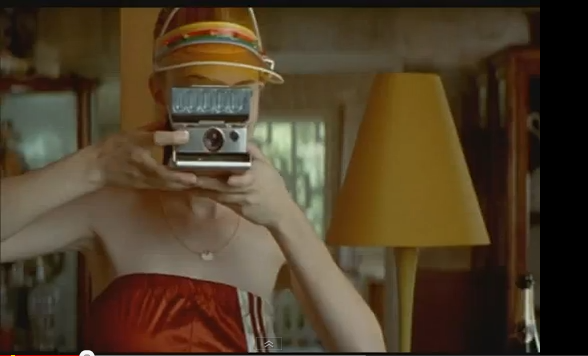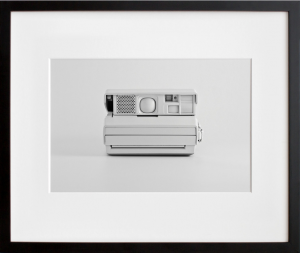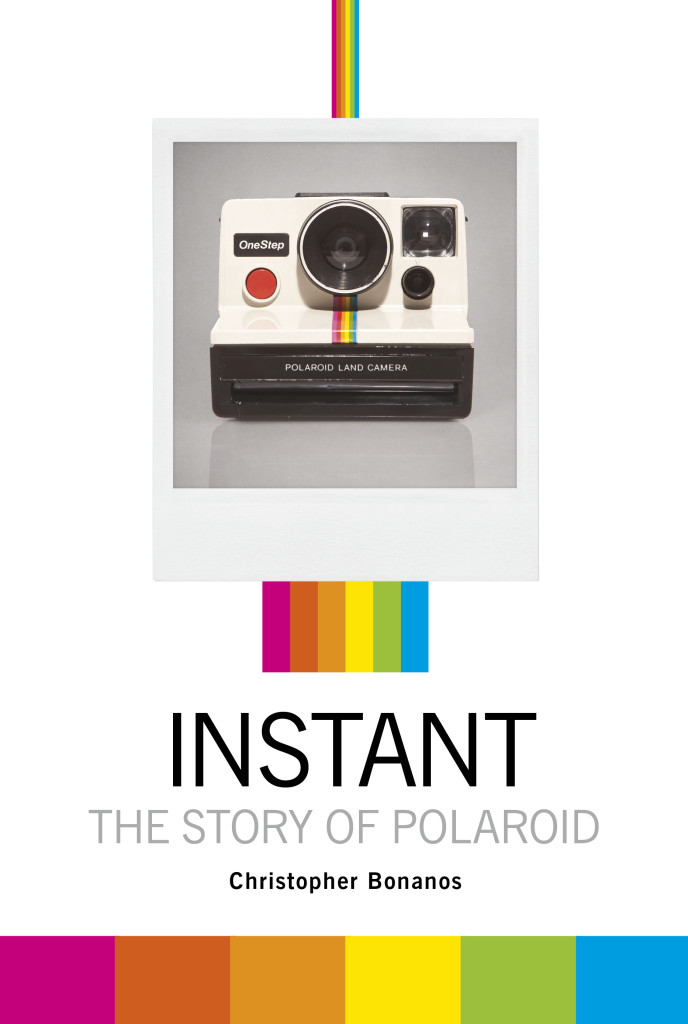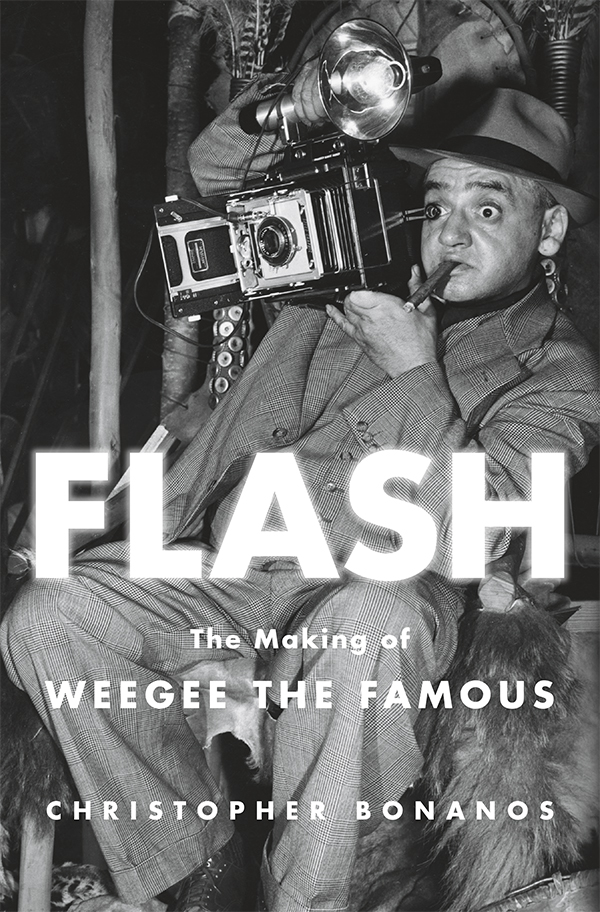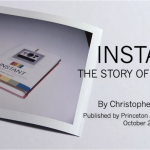Screen-grabbed from P.T. Anderson’s Boogie Nights, his great film about a kid making his way in the California porn business of the seventies. Polaroid cameras bob up a few times in the movie, because they’re so distinctively of-the-era and, I think, because they fit so nicely with the material. (Private dirty pictures were, let’s face it, a big part of the adult-entertainment scene.) There are a couple of moments where Anderson cuts on the burst of a Flashbar, shot so close-in that you can see the flare and fade of the individual wires within. He uses the motor sound of the camera, too.
Link to the pool-party scene here,. No Pola-moment, but watch it for the fabulous several-minute almost-no-cuts-Steadicam shot, akin to Martin Scorsese’s Copacabana scene in GoodFellas. Nice.
![]() Or ‘RoidWeek 2012, as it somewhat unfortunately has come to be called. It rolls around each August, and you’re meant to post a maximum of two instant photos a day to the designated Flickr group, which is here. (There’s a Facebook page too.) Impossible gets into the spirit, running a little follow-up contest after the week wraps up, and of course there’s the prospect of massive fame coming out of all this.
Or ‘RoidWeek 2012, as it somewhat unfortunately has come to be called. It rolls around each August, and you’re meant to post a maximum of two instant photos a day to the designated Flickr group, which is here. (There’s a Facebook page too.) Impossible gets into the spirit, running a little follow-up contest after the week wraps up, and of course there’s the prospect of massive fame coming out of all this.
I kid, but it’s a nice thing and a good excuse to go shoot a bunch of film. Interview with the founders on Impossible’s site, if you want a double shot of enthusiasm.

A June storm seen from a Soundview roof, and through Instagram’s Valencia filter (Courtesy of Jairo Cuevas/New York magazine.)
It’s not exactly Polaroid-related, though it certainly talks about instant photography of a different kind. Here’s a story I wrote for this week’s New York magazine about an odd little cultural phenomenon: cameraphone snaps of ominous thunderclouds overhead, zinging their way around the Internet every time a storm threatens.
I joke with my wife that, once you’re immersed as deeply as I am, everything leads back to Polaroid. And how on earth does the Republicans’ new vice-presidential candidate connect to the inventor of instant film?
Paul Ryan is, of course, a fierce small-government-lower-taxes advocate, backed and promoted by groups like Grover Norquist’s Americans for Tax Reform. (Norquist got Ryan to sign his pledge never to back a tax increase, and I doubt it took much prodding.) Norquist, for his part, often talks about his father’s influence on his thinking: Warren Norquist really hated paying taxes, and reportedly used to offer little life lessons by, say, handing young Grover an ice cream, then eating a third of it.
You may have figured out where this is leading: Warren Norquist was a vice-president at Polaroid, in charge of procurement. That was a critical (if unglamorous) job at Polaroid, where crazily complex, difficult-to-reproduce chemistry was the norm. In the production-oriented years under CEO Mac Booth, Norquist was, according to an adulatory profile in the (purportedly goddamn liberal) New York Times, considered a master.
I wonder what Edwin Land would’ve thought of Warren’s son. Land was, after all, a big believer in the free-enterprise system, and at one point all but begged his company’s employees not to unionize (they listened, and didn’t). But he was also generally pro-government: He advised several presidents on science, and contributed to defense work and other U.S.-funded scientific research. He also was a big supporter of the conservative bugbear known as public television: Land helped PBS and NPR come into being, testifying before Congress in the late sixties. And, of course, he lived in, and loved the culture of, one of the most liberal cities (Cambridge) in one of the most liberal states (Massachusetts) in America. Disliked Richard Nixon, too, because of Watergate. I think it’s fair to guess that he’d be an Obama voter.
Andrew Miller is the artist behind a project called “Brand Spirit.” He chose 100 consumer objects, from a Remington bullet to a Barbie doll, and painted out their surfaces in pale gray, removing all markings and logos. Then he photographed them against a matching background, so barely anything but their basic form registers. All 100 went up on his Tumblr site, and two of them are for sale as limited-edition prints from the inexpensive-fine-art site 20×200. And of those two, I had to have one:
The series is meant to make us examine the ways we interact with consumer culture, of course. (The blanked-out can of Red Bull, turned into nothing more than a smooth cylinder with ridges at the ends, made me laugh out loud.) But this particular example also says something about obsolescence, bankruptcy, relic worship, loss. That camera was, after all, a machine for making memory physical, and sometimes making great art, and today it is essentially mute.
 From a weird machine-generated sales page on Facebook: “Are you interesting in Instant: The Story of Polaroid”?
From a weird machine-generated sales page on Facebook: “Are you interesting in Instant: The Story of Polaroid”?
Well, gosh, you’ll have to ask the people who read it.
LEGALITIES
This site is not connected with or endorsed by Polaroid or PLR IP Holdings, owners of the Polaroid trademark.ON TWITTER
My TweetsBlogroll
- 'Insisting on the Impossible'
- Everything Reminds Me of You
- Flickr's Polaroid group
- Instant Options
- LandCameras.com
- Paul Giambarba: Analog Photography At Its Best
- Paul Giambarba: The Branding of Polaroid
- Polaroid
- Polaroid SF
- Rare Medium
- The Impossible Project
- The Land List
- The New55 Project
- Vintage Instant

